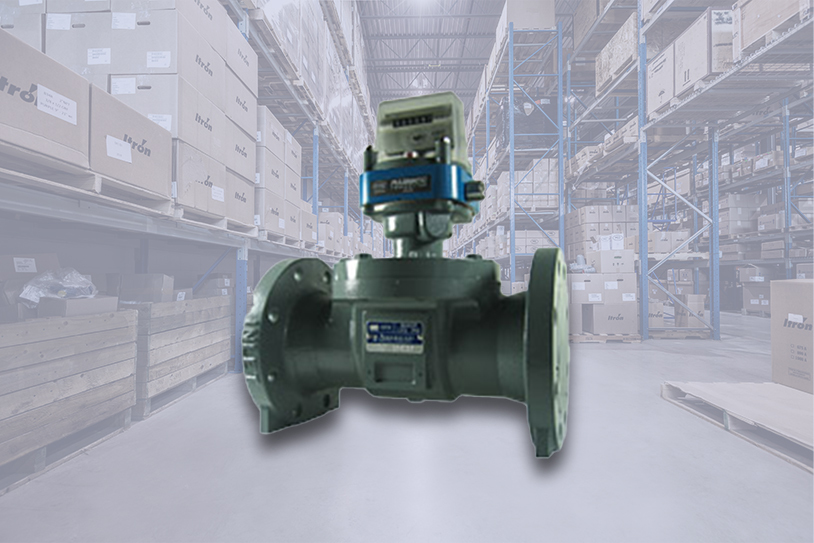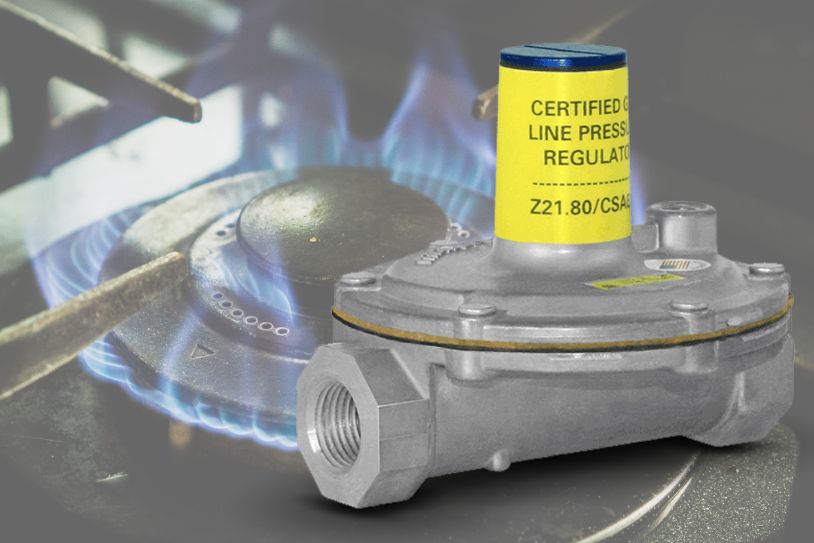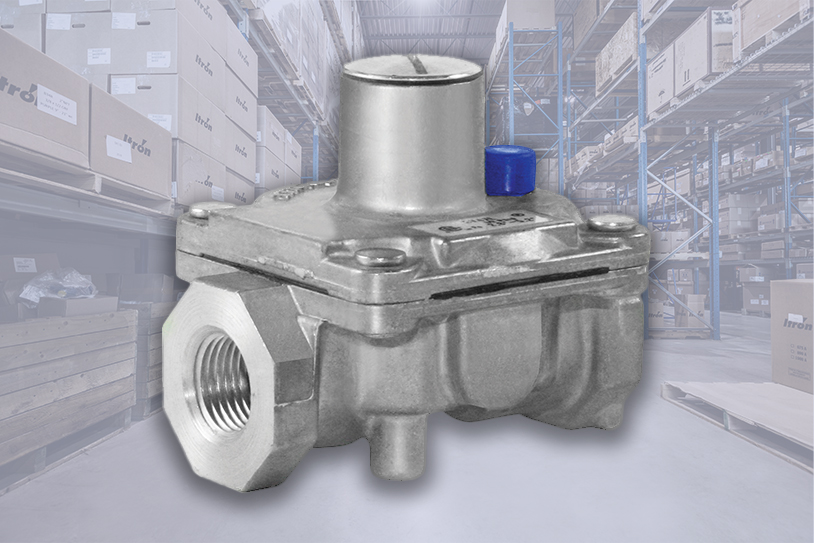Understanding Turbine Flow Meters

If you are in the gas or water industry, you know that flow meters are an essential component of your system as they help you measure and control the flow of liquids and gases in your pipes. However, depending on the type of application and the desired level of accuracy, a selection of water meters or gas meters may be available to you. In this article, we provide a basic overview of turbine flow meters, including their strengths and weaknesses, as well as their applications and uses.
What is a Turbine Flow Meter?
Turbine flow meters are used in many industries to measure liquids, gases, and vapors reliably. By using the mechanical energy of the liquid (or gas) to move a rotor in the flow stream, they are able to calculate the speed directly proportional to the velocity of the fluid.
These flow meters are designed to accurately measure the flow of gases and liquids through pipes. This is done on a volumetric basis. Using a turbine flow meter requires applications of clear fluids that range from sub-atmospheric to 6000psi. Temperature ranges should remain between -450 and 6000 degrees Fahrenheit.
Turbine flow meters have electronic output signal pulses but others, such as analog, digital, or visual are also available.
How Do Turbine Flow Meters Work?
Turbine flow meters are designed to measure the flow of liquid and gas in pipes on a volumetric basis and they do so accurately.
The flow meter housing contains rotor blades attached to a rod and mounted on bearings in order to spin. As the fluid moves through the meter, the rotor blades turn. The faster the fluid moves, the faster the rotor blades turn.
The rotating speed of the blades is measured by attaching a magnet onto the blades themselves. These magnets then pass a piece of metal embedded at a designated point within the casing. This passing contact allows us to calculate the time passing between each contact which in turn allows us to calculate the speed of the fluid passing through. This particular system means that regardless of the fluid’s direction, the meter works in exactly the same way.
In essence, a turbine flow meter is a tube with a propeller. For the flow meter to work properly, it is essential that the turbine rotates freely. Because of its simple but effective design, the pressure rarely drops except very slightly. As such, gas turbine flow meters and water turbine flow meters are one of the most accurate tools available for measuring fluid displacement.
What Are Some of the Applications of Turbine Flow Meters?
Turbine flowmeters are typically used in the chemical, oil and water industries where they are used to measure clean, dry gases and liquids such as hydrocarbons, chemicals, gases and vapors, fuels and other types of low viscosity liquids. They can also be used in applications where precise and highly accurate measurements are required.
For example, turbine flow meters are used in applications such as:
- Custody transfer of natural gas
- Water treatment
- Dispensing chemicals in laboratories
- Monitoring the speed of water over long distances to be alert to breakdowns or issues
Turbine Flow Meters: Pros and Cons
Turbine flow meters are low cost, easy to use, reliable and highly accurate. Despite these features, turbine flow meters are not always the perfect choice for all flow measurements or control applications. Before committing to this type of meter, you need to take into consideration its actual application. How viscous is the liquid to be measured? What is the estimated temperature of the liquid? Is the liquid or gas of a corrosive nature?
Advantages of Turbine Flow Meters
Turbine flow meters have many advantages:
- Low cost
- Accuracy
- Precision
- Suitability for gases and liquids
- Ease of set up
- Ease of operation
- Useable across a wide spectrum of applications
- Works accurately at very low flow rates
- Capable of handling high pressure
- The measuring device can be heated
Disadvantages Of Turbine Flow Meters
Some of the disadvantages include:
- If samples are of high viscosity, errors may occur
- Calibration checks are frequently required
- Samples need to be clean (there is no filter system within the meter)
- Minimum requirement of 5 diameter downstream and 15 diameter upstream pipes are required
- Does not work with swirling fluids effectively
- Specifications of viscosity are critical
How Long Do Turbine Flow Meters Last?
The average lifespan of a turbine flow meter is reasonably long. Many factors can affect longevity, however, there are some essentials that need to be taken into consideration:
- The turbine flowmeter needs to be cleaned regularly. This is to ensure that there is no debris or grit that could cause an issue or problem within the flow stream.
- The size of the turbine can also affect the life expectancy of the meter.
- What liquids are being measured also have a bearing on life expectancy. These factors are to be considered.
- The application the meter is being used for is a salient factor in its longevity. Trash, dirt particles, debris, and corrosive material will have a negative impact on the internal workings, as would be expected. With these applications, in order to prolong the life of the meter, regular maintenance and cleaning are required.
- With “cleaner” applications, these issues will not come into play as frequently, however, as with all mechanical processes, regular maintenance is recommended in order to get the most out of them. When flow is clean, meters are expected to stay in service for decades with minimal intervention.
Are Turbine Flow Meters Right for Your Application?
If you are looking for an easy-to-use, inexpensive, and highly accurate water meter or gas meter, a turbine flow meter might be the perfect option for you. However, before you start looking for the right product for your application, make sure you understand the type of liquid or gas to be measured, its properties such as its viscosity, level of purity and corrosive nature, and the environment in which it will operate.
If you need help in selecting the best turbine flow meter for your application, please do not hesitate to contact Norgas Controls’ team of experts. We’ll be happy to answer any questions you might have. We can also assist you with the selection of the right gas valve and gas regulator for your application.





